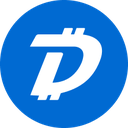-
 Bitcoin
Bitcoin $83,336.8657
2.03% -
 Ethereum
Ethereum $1,801.6503
1.85% -
 Tether USDt
Tether USDt $0.9995
-0.04% -
 XRP
XRP $2.1177
5.37% -
 BNB
BNB $594.1840
1.09% -
 Solana
Solana $121.5331
7.04% -
 USDC
USDC $0.9998
-0.02% -
 Dogecoin
Dogecoin $0.1693
7.51% -
 Cardano
Cardano $0.6572
4.74% -
 TRON
TRON $0.2401
2.31% -
 UNUS SED LEO
UNUS SED LEO $9.4980
1.09% -
 Chainlink
Chainlink $12.8446
3.19% -
 Toncoin
Toncoin $3.4094
-5.09% -
 Stellar
Stellar $0.2586
1.62% -
 Avalanche
Avalanche $17.9971
0.36% -
 Sui
Sui $2.2627
1.63% -
 Shiba Inu
Shiba Inu $0.0...01220
0.89% -
 Hedera
Hedera $0.1649
4.56% -
 Litecoin
Litecoin $83.8208
2.82% -
 Polkadot
Polkadot $4.0485
1.99% -
 MANTRA
MANTRA $6.3202
-0.82% -
 Bitcoin Cash
Bitcoin Cash $298.5753
1.61% -
 Bitget Token
Bitget Token $4.5444
1.51% -
 Dai
Dai $0.9999
0.00% -
 Ethena USDe
Ethena USDe $0.9991
-0.04% -
 Hyperliquid
Hyperliquid $11.8826
4.55% -
 Monero
Monero $214.7055
3.03% -
 Uniswap
Uniswap $5.8518
2.90% -
 Pi
Pi $0.5392
-4.60% -
 Pepe
Pepe $0.0...07075
8.15%
What Is a Blockchain Mutual Credit?
A blockchain mutual credit system harnesses the power of blockchain technology to enable decentralized and cooperative accounting, eliminating the need for central authorities and intermediaries.
Oct 20, 2024 at 01:24 am

What Is a Blockchain Mutual Credit?
1. Definition
A blockchain mutual credit system is a decentralized, cooperative accounting system based on blockchain technology. It allows multiple parties to engage in transactions without the need for a central authority or third-party intermediaries.
2. Key Features
- Decentralized: The system is not controlled by any single entity, ensuring transparency and security.
- Cooperative: Participants cooperate to maintain the integrity of the system and track transactions.
- Immutable: Transactions recorded on the blockchain are permanent and cannot be tampered with.
- Anonymity: Participant identities can be kept confidential, enhancing privacy.
3. How It Works
- Participants create unique accounts on the blockchain network.
- Transactions are initiated between accounts, recording debits and credits.
- The blockchain validates the transactions and adds them to a distributed ledger.
- All participants maintain a copy of the ledger, ensuring data integrity.
- Settlements can occur by transferring credits or exchanging goods/services within the network.
4. Benefits
- Eliminates Intermediaries: Reduces transaction costs and improves efficiency.
- Enhances Security: Blockchain technology provides tamper-proof records and protects against fraud.
- Promotes Inclusivity: Open to all, regardless of location or financial status.
- Supports Local Economies: Facilitate commerce within communities and reduce reliance on external institutions.
- Empowers Participants: Participants have control over their accounts and the system's operation.
5. Applications
- Alternative Banking: Providing banking services to the unbanked or underbanked.
- Credit and Lending: Facilitating peer-to-peer lending and alternative credit scoring.
- Supply Chain Management: Tracking and managing goods and materials in decentralized supply chains.
- Community Economics: Enhancing local commerce and supporting community-owned businesses.
- Social Impact: Promoting transparency, accountability, and equitable access to resources.
6. Challenges
- Scalability: Blockchain systems can encounter performance limitations with increasing network size.
- Regulation: Regulatory frameworks for blockchain mutual credit systems are still evolving.
- Acceptance: Encouraging broader adoption and overcoming resistance to change.
- Education: Ensuring participants understand the system and its benefits.
- Interoperability: Establishing standards for seamless communication between different blockchain mutual credit systems.
Disclaimer:info@kdj.com
The information provided is not trading advice. kdj.com does not assume any responsibility for any investments made based on the information provided in this article. Cryptocurrencies are highly volatile and it is highly recommended that you invest with caution after thorough research!
If you believe that the content used on this website infringes your copyright, please contact us immediately (info@kdj.com) and we will delete it promptly.
- In the middle of the fading of the dynamics of Solana (SOL) gather at 131 US dollars
- 2025-04-05 02:20:12
- Polkadot (DOT -5.15%) cryptocurrency isn't getting any market love these days
- 2025-04-05 02:20:12
- XRP Struggles to Hold Key Support Levels as Broader Market Downturn Intensifies
- 2025-04-05 02:15:12
- Flowdesk Joins Canton Network's Initiative to Create Advanced On-Chain Solution for Collateral and Margin Management
- 2025-04-05 02:15:12
- OKX Wallet Expands Its Horizons by Collaborating with StakeStone to Offer Unique $STO Airdrop Bonus
- 2025-04-05 02:10:12
- RXR.Lab Highlights: The Future of the Gambling Industry Is Decentralized
- 2025-04-05 02:10:12
Related knowledge

Why is the oracle called the bridge between blockchain and the real world?
Apr 04,2025 at 04:00am
The concept of an oracle in the cryptocurrency and blockchain world is crucial for understanding how these decentralized systems interact with external data. The oracle is often referred to as the bridge between blockchain and the real world because it serves as a vital intermediary that fetches, verifies, and transmits off-chain data to the on-chain en...

What role does the Merkle tree play in the blockchain? Why can it verify data integrity?
Apr 04,2025 at 01:29pm
The Merkle tree plays a crucial role in the blockchain, primarily due to its ability to efficiently and securely verify data integrity. This article will delve into the structure of a Merkle tree, its implementation in blockchain, and how it ensures the integrity of data. Understanding the Structure of a Merkle TreeA Merkle tree, also known as a hash tr...
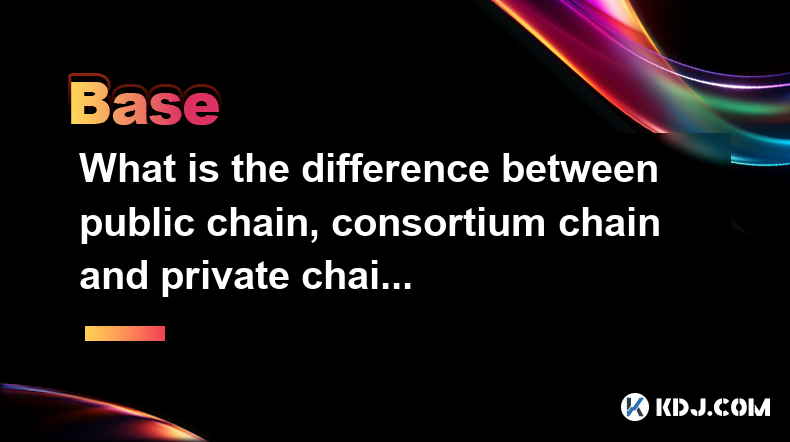
What is the difference between public chain, consortium chain and private chain? What scenarios are suitable for each?
Apr 04,2025 at 09:21pm
In the world of blockchain technology, understanding the differences between public chains, consortium chains, and private chains is crucial for selecting the right type of blockchain for specific applications. Each type of blockchain has its own unique characteristics and use cases, which we will explore in detail. Understanding Public ChainsPublic cha...
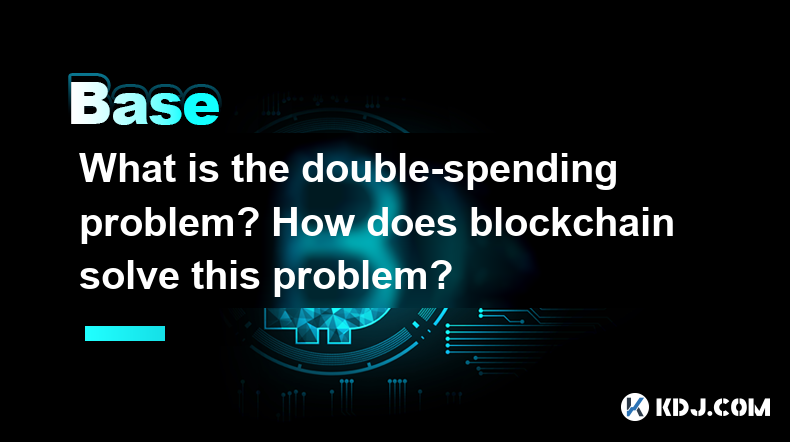
What is the double-spending problem? How does blockchain solve this problem?
Apr 04,2025 at 09:07am
The double-spending problem is a significant challenge in the realm of digital currencies. Double-spending refers to the potential for a digital currency to be spent more than once. This issue arises because digital files, unlike physical cash, can be easily duplicated. If not addressed, double-spending could undermine the integrity and trust in any dig...
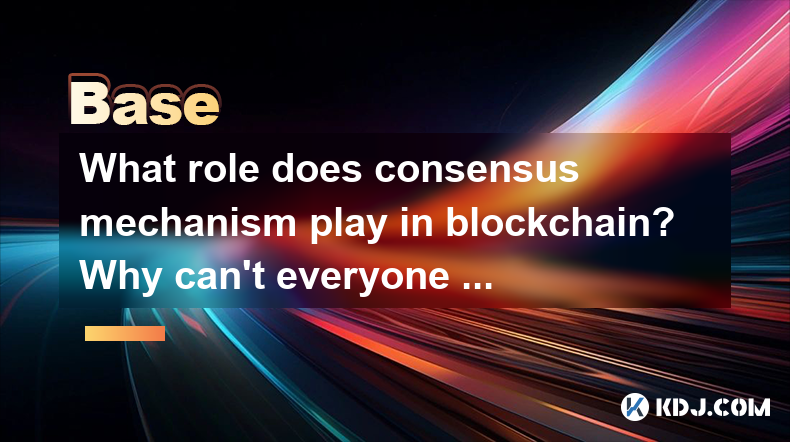
What role does consensus mechanism play in blockchain? Why can't everyone keep accounts?
Apr 05,2025 at 12:29am
The consensus mechanism is a fundamental component of blockchain technology, serving as the backbone for maintaining the integrity and security of the network. It ensures that all participants in the network agree on the state of the ledger, which is crucial for the decentralized nature of blockchain. Without a consensus mechanism, the decentralized sys...
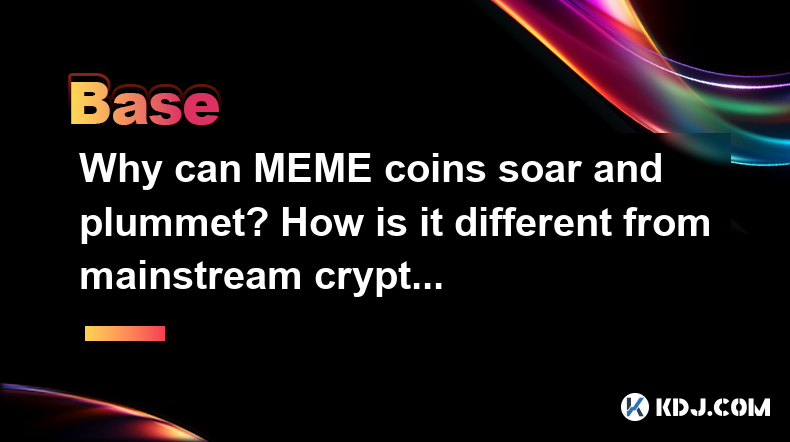
Why can MEME coins soar and plummet? How is it different from mainstream cryptocurrencies?
Apr 04,2025 at 03:07pm
The world of cryptocurrencies is vast and diverse, with a wide range of digital assets that cater to different needs and interests. Among these, MEME coins have carved out a unique niche, often experiencing dramatic price fluctuations that can both soar and plummet in a short period. This phenomenon, while intriguing, differs significantly from the beha...

Why is the oracle called the bridge between blockchain and the real world?
Apr 04,2025 at 04:00am
The concept of an oracle in the cryptocurrency and blockchain world is crucial for understanding how these decentralized systems interact with external data. The oracle is often referred to as the bridge between blockchain and the real world because it serves as a vital intermediary that fetches, verifies, and transmits off-chain data to the on-chain en...

What role does the Merkle tree play in the blockchain? Why can it verify data integrity?
Apr 04,2025 at 01:29pm
The Merkle tree plays a crucial role in the blockchain, primarily due to its ability to efficiently and securely verify data integrity. This article will delve into the structure of a Merkle tree, its implementation in blockchain, and how it ensures the integrity of data. Understanding the Structure of a Merkle TreeA Merkle tree, also known as a hash tr...

What is the difference between public chain, consortium chain and private chain? What scenarios are suitable for each?
Apr 04,2025 at 09:21pm
In the world of blockchain technology, understanding the differences between public chains, consortium chains, and private chains is crucial for selecting the right type of blockchain for specific applications. Each type of blockchain has its own unique characteristics and use cases, which we will explore in detail. Understanding Public ChainsPublic cha...

What is the double-spending problem? How does blockchain solve this problem?
Apr 04,2025 at 09:07am
The double-spending problem is a significant challenge in the realm of digital currencies. Double-spending refers to the potential for a digital currency to be spent more than once. This issue arises because digital files, unlike physical cash, can be easily duplicated. If not addressed, double-spending could undermine the integrity and trust in any dig...

What role does consensus mechanism play in blockchain? Why can't everyone keep accounts?
Apr 05,2025 at 12:29am
The consensus mechanism is a fundamental component of blockchain technology, serving as the backbone for maintaining the integrity and security of the network. It ensures that all participants in the network agree on the state of the ledger, which is crucial for the decentralized nature of blockchain. Without a consensus mechanism, the decentralized sys...

Why can MEME coins soar and plummet? How is it different from mainstream cryptocurrencies?
Apr 04,2025 at 03:07pm
The world of cryptocurrencies is vast and diverse, with a wide range of digital assets that cater to different needs and interests. Among these, MEME coins have carved out a unique niche, often experiencing dramatic price fluctuations that can both soar and plummet in a short period. This phenomenon, while intriguing, differs significantly from the beha...
See all articles



















































































